We hate it too… when someone tries to push us into buying something we’re not even sure we need. And we especially hate rushing into decisions and regretting them later. That’s why we created this post, to help you figure out if your home really needs new siding. No pressure, no sales pitch, just straightforward information to help you decide.
To start, siding is the protective material attached to the exterior walls of a house or building. It shields the home from external elements like rain, wind, and snow while also helping to maintain energy efficiency by providing insulation. Siding also enhances the appearance of your home and can increase its value. There are several types of siding, including vinyl, fibre cement, wood, and metal, each with unique benefits based on climate, durability, and maintenance needs.
However, not every home needs new siding. In some cases, your current siding might still be in good condition, meaning there’s no immediate need for replacement. For instance, if your siding shows no signs of serious damage like cracks, warping, or mold, and it’s effectively keeping your energy bills steady, replacing it may not be necessary. Homes with siding installed within the last 10-15 years, especially those built with durable materials like fiber cement or well-maintained vinyl siding, might still be performing well.
It’s also worth noting that if you don’t see visible issues like discoloration or damage from pests, and your siding continues to protect your home from moisture and external weather conditions, you can likely postpone any major repairs or replacements. Additionally, if the material you have was designed to withstand the specific climate challenges of Vancouver Island, such as heavy rain or salty air, then you might not need to worry about upgrading anytime soon
In short, if your siding is still functional and aesthetically pleasing, and you haven’t experienced spikes in energy costs due to insulation problems, your home is probably in good shape, and new siding isn’t required right now. If that is your case, then you should stop reading this and continue enjoying life.
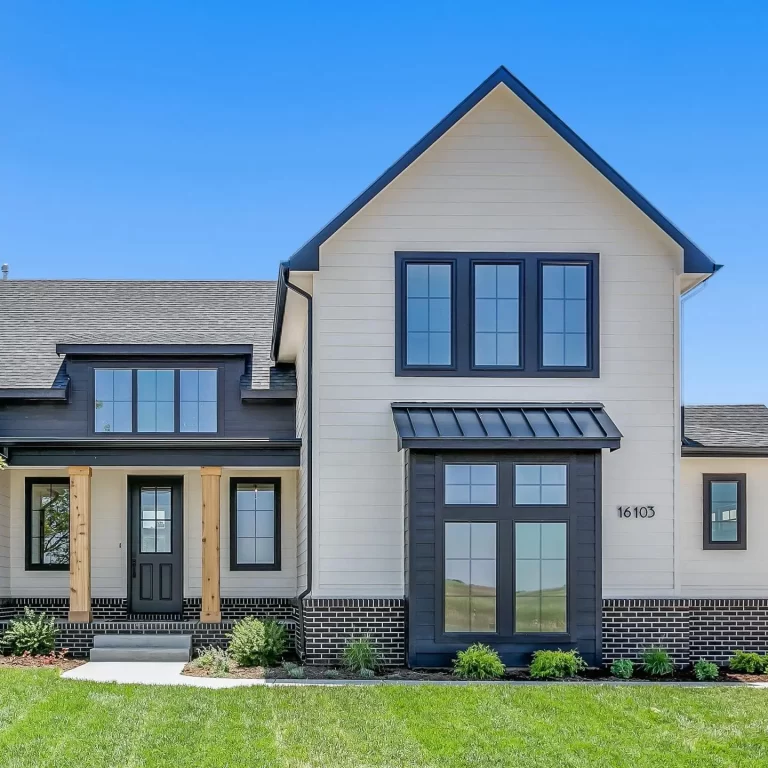
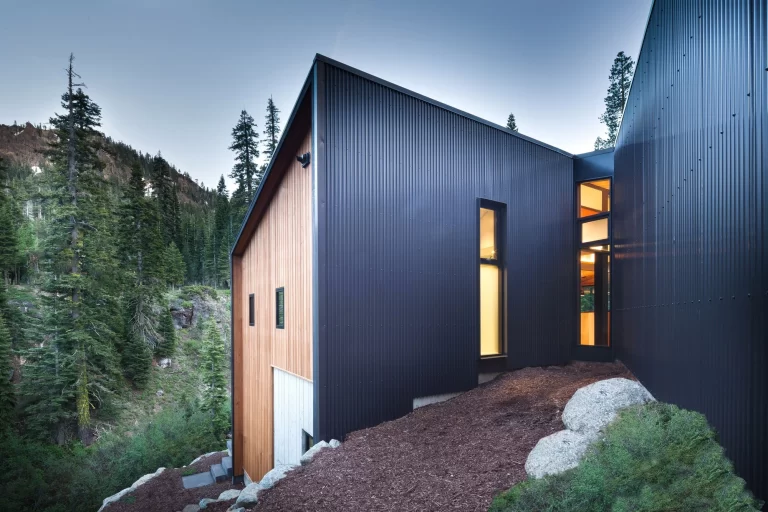

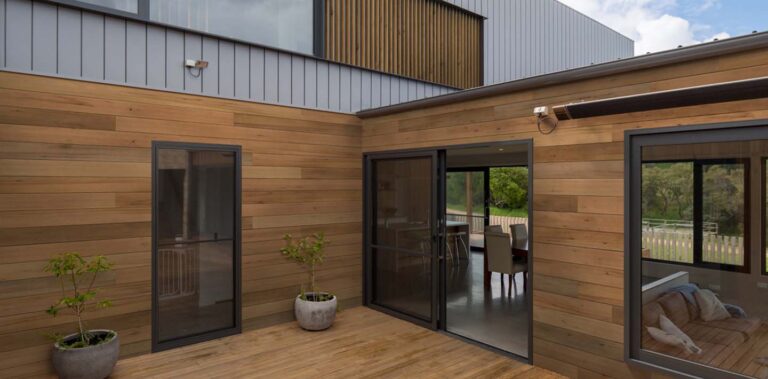
Why You Do Need New Siding for Your Home
If your home’s siding is showing signs of serious wear, such as cracks, warping, or mold, or if you’ve noticed a spike in your energy bills, it might be time for an upgrade. New siding doesn’t just improve your home’s appearance; it provides critical protection against the elements, particularly in the rainy, windy climate of Vancouver Island. Old or damaged siding can allow moisture to seep into the structure of your home, leading to mould, rot, or even structural damage over time.
Additionally, if your home’s siding was installed more than 15-20 years ago, the materials may no longer be as energy-efficient or durable as modern options. Upgrading your siding can boost your home’s insulation, reduce your heating and cooling costs, and increase the overall value of your property. Newer materials like fibre cement and vinyl are built to withstand harsher weather conditions and require less maintenance.
Choosing the right siding depends on several factors, including your budget, the local climate, and how much maintenance you’re willing to commit to. Below is a breakdown of common siding materials, their benefits, and the best conditions for each
Siding Types Table
| Siding Type | Best for | Aesthetic Appeal | Maintenance | Average Cost (per sq. ft.) |
|---|---|---|---|---|
| Vinyl Siding | Cost-effective, good for most climates | Versatile, available in many colors and textures | Low, requires occasional cleaning | $5.00 – $6.50 |
| Fiber Cement (Hardie) | Ideal for wet climates like Vancouver Island | High-end, mimics wood or stone finishes | Low, highly durable | $7.00 – $9.25 |
| Cedar Siding | Great for natural, rustic look | Natural wood look, classic | High, needs regular sealing and maintenance | $11.00 – $13.00 |
| Metal Siding | Extreme durability, long-lasting | Modern, sleek appearance | Low, may require occasional repainting | $38.00 – $40.00 |
Each of these materials has specific advantages depending on the conditions of your home. Vinyl is the most cost-effective and requires the least maintenance, while fiber cement provides excellent durability for Vancouver’s rainy conditions. Cedar offers a natural look but needs more upkeep, and metal siding, though costly, lasts the longest and offers a modern aesthetic
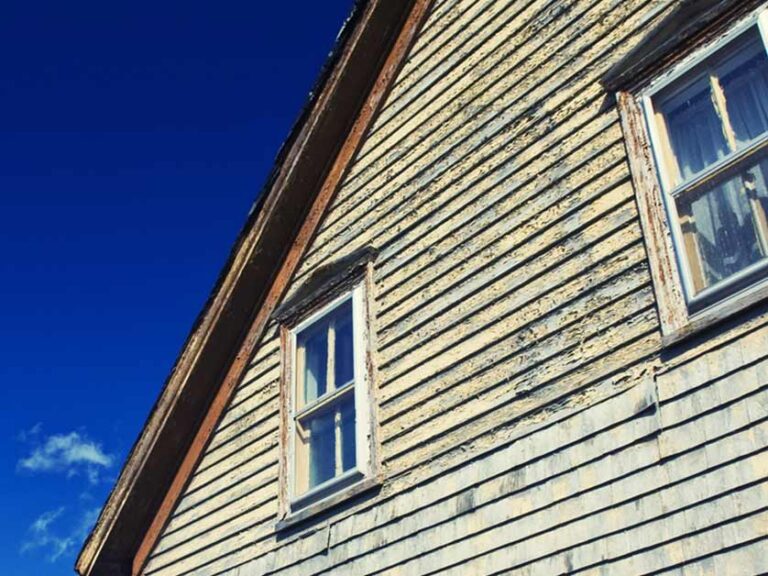

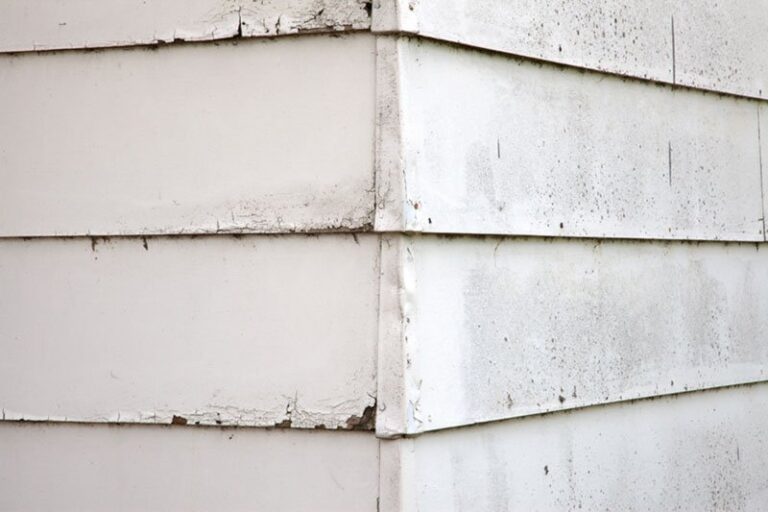
If your current siding is showing signs of age, such as cracks, warping, mold, or rising energy bills, you’ll need to start thinking about a replacement. Now let’s dive into what you need to know when hiring a professional to replace or install new siding.
How to Find the Right Professional for Siding Installation
When it’s time to look for a siding contractor in British Columbia, there are a few things to keep in mind to make sure the job gets done right:
Do Your Research: Start by gathering information about local siding contractors in Vancouver Island, Victoria, or surrounding areas. Look for companies with good reviews, proper licensing, and experience in handling your chosen siding material (vinyl, fibre cement, wood, or metal).
Request Estimates: Contact multiple contractors and ask for detailed quotes. This gives you a clearer idea of the costs involved and ensures you understand what’s included (such as material, labour, removal of old siding, etc.).
Check for Warranties and Certifications: Make sure the contractor offers a warranty for both the materials and the workmanship. Additionally, certifications from reputable siding manufacturers like James Hardie or Kaycan can indicate quality service.
Set Clear Expectations: Before the work begins, have a detailed conversation about the timeline, material choices, and any necessary permits. On average, the siding replacement process can take anywhere from a few days to a week, depending on the size of your home and the type of siding being installed.
Understand the Costs: The cost of siding installation varies widely based on material and labor. For example, vinyl is typically one of the most affordable options, ranging from $5 to $6.50 per square foot, while metal siding can go up to $40 per square foot. Always remember that prices can vary by region and that higher-quality materials often come with higher costs but longer durability.
The Siding Installation Process in BC
Once you’ve chosen a contractor, the installation process will typically begin with a home inspection. The contractor will assess your current siding, check for any structural damage, and prepare the home for installation. Depending on the material, the installation can last anywhere from 2-5 days for vinyl siding, or up to a week for more complex materials like fibre cement
I hope you now have a clearer understanding of whether your home needs new siding and the steps to take if it does. If you’re looking to improve energy efficiency, enhance the appearance, or prevent future damage, siding is a key investment. If your siding is in good shape, enjoy the peace of mind that comes with knowing your home is well protected. If not, take your time to find a contractor who will guide you through the process and make sure your home is ready for years to come.


